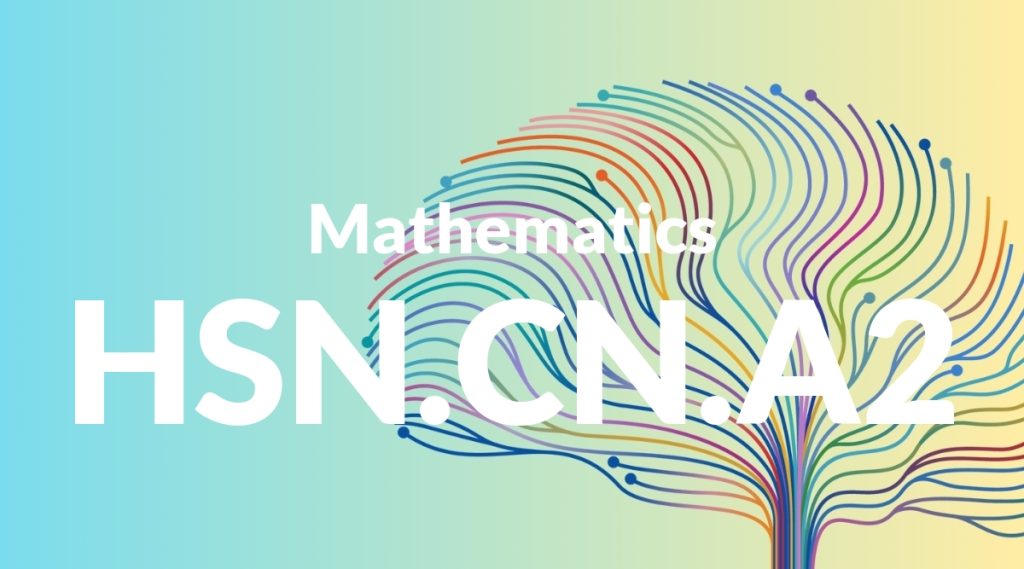Standard: HSN.CN.A2 – Use the relation i² = -1 and the commutative, associative, and distributive properties to add, subtract, and multiply complex numbers.
Grade level: High School: Number and Quantity
Subject: Mathematics
Domain: The Complex Number System
Teacher Overview
This standard introduces students to operations with complex numbers, a fundamental component in advanced mathematics and various applications in science and engineering. Understanding how to add, subtract, and multiply complex numbers using the properties of real numbers and the relation i² = -1 is crucial for solving complex equations and modeling real-world phenomena. Before tackling this standard, students should be comfortable with basic algebraic operations and properties, as well as the concept of imaginary numbers.
Mastering this standard will enable students to solve more complex algebraic problems, including those involving quadratic equations with complex solutions, and will prepare them for advanced topics in mathematics and science.
Common Misconception 1
A common misconception is that i² equals 1. This is incorrect because by definition, the imaginary unit ‘i’ is the square root of -1, so i² must equal -1.
Intervention 1
To address this misconception, reinforce the definition of ‘i’ through repeated practice and visualization strategies, such as using the complex plane to show the effects of squaring ‘i’.
Common Misconception 2
Another misconception is the incorrect application of the distributive property when multiplying complex numbers. Students might forget to account for the imaginary unit ‘i’ properly.
Intervention 2
Provide structured examples and guided practice that clearly show each step in the multiplication process, emphasizing the correct handling of the imaginary unit.
Prerequisite Knowledge
Students should have a solid understanding of real numbers, basic algebraic operations (addition, subtraction, multiplication), and the properties of real numbers (commutative, associative, and distributive properties). Familiarity with the concept of imaginary numbers and the basic definition of the imaginary unit ‘i’ is also essential.
Subsequent Knowledge
After mastering this standard, students will be able to solve quadratic equations with complex solutions, understand and use complex conjugates, and explore more advanced topics such as complex functions and transformations in the complex plane.
Instructional Activities
- Interactive lecture on the properties of complex numbers.
- Group work on adding, subtracting, and multiplying complex numbers.
- Real-world problem-solving sessions.
- Use of complex numbers in electrical engineering simulations.
- Visualizing complex numbers on the complex plane.




